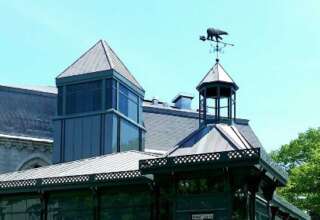
In Quad One, the fundamental issue regarding locus of control resides in the dynamics of individualism versus conformity. In American and Northern European societies, strong emphasis is often placed on individualism and the right—even obligation— of individuals to stake out their own distinctive identity. This individualistic imperative, in turn, requires the assumption of internal locus of control. We can’t stake out a distinctive public self, without believing that we can ignore or overcome our personal history, our present environment, and the expectations that other people place on us because of our social-economic class, gender, race, ethnic background and so forth. This individualism and internal locus of control is reinforced by the media (“self-made man”) and reward systems (“find the responsible party”).
The push toward conformity is much more common in most other societies in our world. However, this conformity is not the same as the American-style conformity of the “organization man” and Man in the Grey Flannel Suit. It is a conformity that is based on respect for traditions, for one’s elders, and for one’s community. It is the conformity with which Tevia struggles in Fiddler on the Roof. It is the conformity that provides “glue” in a close-knit community and that enables members of this community to find individual and collective support—especially during times of trouble (such as Tevia and his family and neighbors experienced during the pogroms in Anatevka).
This type of conformity requires an external locus of control. One must acknowledge and whole-heartedly accept (appreciate) the profound and legitimate influence exerted by other people, traditions in one’s community, and the realities of one’s social, political, economic and natural environment. In this setting, one’s public self is pre-determined (Quad 1-I). One doesn’t want to be unique. One doesn’t want to be “outstanding” (“standing outside of”). Such a stance on behalf of individual identity would be self-destructive as well as detrimental to the coherence and integrity of the community.









